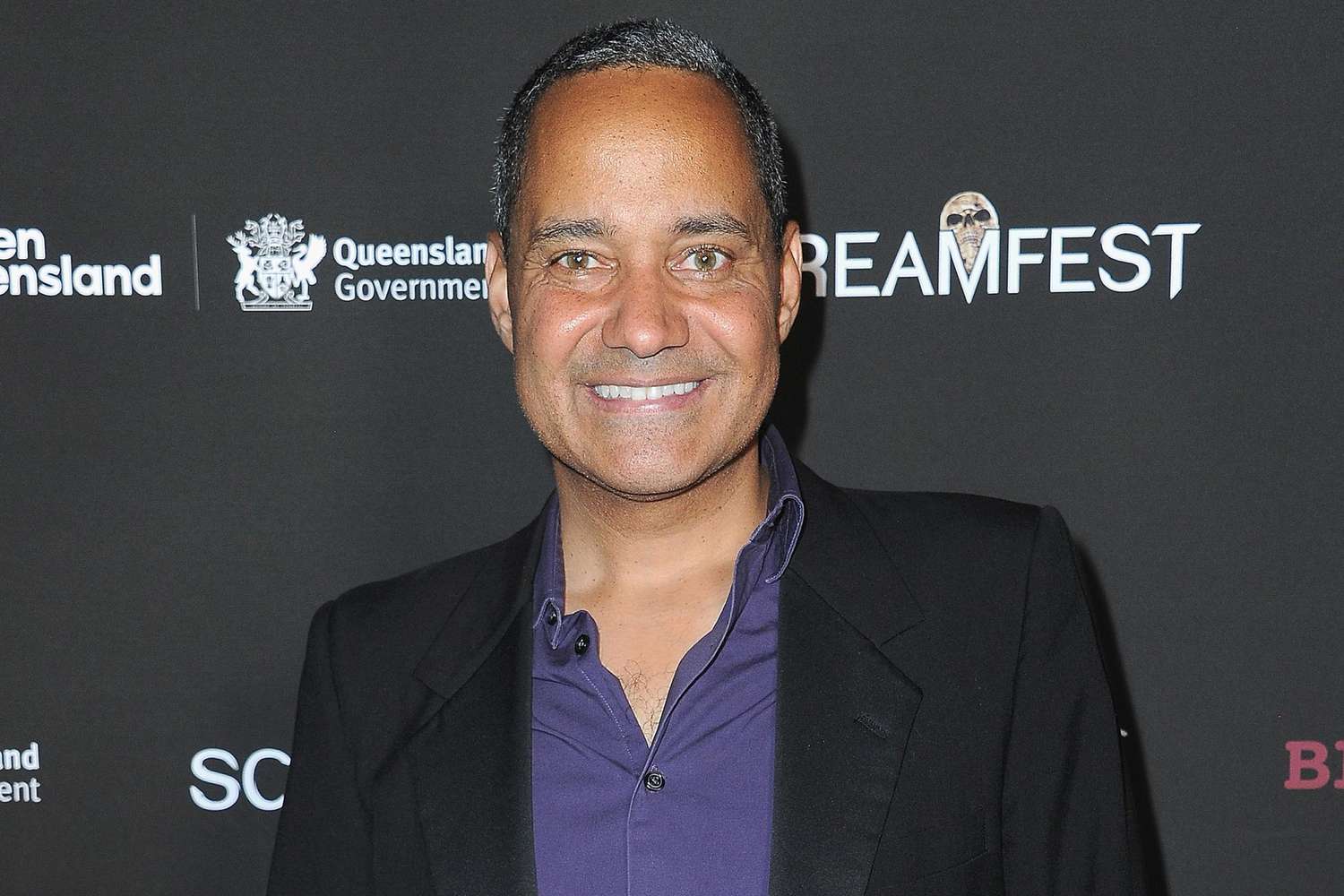Finland, a Nordic nation known for its progressive social policies and high quality of life, has recently introduced significant changes to its immigration framework. On May 14, 2025, the Finnish Parliament passed legislation tightening the rules for family-based residence permits. These reforms, aimed at curbing chain migration and ensuring financial stability for newcomers, mark a pivotal shift in Finland’s approach to immigration management. This comprehensive article explores the nuances of these new regulations, their implications for migrants and Finnish society, and the broader context of global immigration trends. We will also delve into hidden truths, research insights, and potential challenges surrounding these policies.
Overview of the New Legislation
The newly enacted laws introduce stricter criteria for residence permits granted through family ties, reflecting Finland’s intent to regulate immigration flows while safeguarding its economic and social interests. According to Schengen.News, the reforms address concerns about chain migration—a phenomenon where initial migrants sponsor family members, leading to successive waves of immigration. By imposing age restrictions, financial requirements, and residency conditions, Finland aims to ensure that newcomers are well-integrated and financially independent, reducing strain on public resources.
Key Changes in Family-Based Permits
The legislation introduces several notable adjustments, each targeting specific aspects of family reunification:
Age Requirement for Spousal Permits
One of the most significant changes is the introduction of a minimum age requirement for spouses seeking residence permits through marriage. Both partners must now be at least 21 years old to qualify. This measure is designed to prevent marriages of convenience, a concern in many countries facing immigration challenges. By setting a higher age threshold, Finnish authorities aim to ensure that marriages are genuine and based on long-term commitment, rather than serving as a pathway to residency.
“The age requirement is a clear signal that Finland is prioritizing authenticity in family-based immigration,” said a spokesperson for the Finnish Immigration Service.
However, this restriction does not apply to spouses of Finnish citizens, highlighting the government’s commitment to supporting family reunification for its nationals. This exemption underscores a nuanced approach, balancing stricter controls with protections for Finnish citizens’ rights.
Financial Stability for Minors’ Families
The new rules also impose stricter criteria for family members of minors granted international or temporary protection. Relatives of individuals under 18 must demonstrate financial stability to qualify for residence permits. This requirement aims to ensure that vulnerable minors and their families have adequate support, preventing dependence on public welfare systems. It reflects Finland’s broader goal of balancing humanitarian obligations with fiscal responsibility.
Residency Requirement for Sponsors
Another critical change affects family members of individuals benefiting from international protection, such as refugees. Sponsors must now have resided in Finland for at least two years before their relatives can apply for residence permits. This condition encourages deeper integration of protected persons before family reunification, fostering social cohesion and reducing challenges associated with rapid family arrivals.
Context and Rationale Behind the Reforms
Finland’s immigration reforms are not occurring in isolation but are part of a broader trend across Europe, where countries are grappling with the complexities of migration. The rise in asylum applications, economic pressures, and public debates about integration have prompted many nations to tighten immigration policies. Finland, while maintaining its reputation as a welcoming society, is no exception.
Chain Migration Concerns
Chain migration has been a contentious issue in immigration policy worldwide. In Finland, authorities have expressed concerns that unchecked family reunification could lead to unsustainable immigration flows, particularly in the context of international protection. Research from the Migration Policy Institute indicates that family-based migration accounts for a significant portion of legal immigration in many developed countries, often outpacing economic or humanitarian migration. By introducing stricter rules, Finland seeks to manage these flows proactively.
The Finnish government’s focus on preventing marriages of convenience is also grounded in evidence. Studies, such as a 2019 report by the European Migration Network, have highlighted the prevalence of fraudulent marriages in some EU countries, prompting calls for stricter vetting processes. Finland’s age requirement aligns with these findings, aiming to deter exploitation of the immigration system.
Economic and Social Considerations
Finland’s welfare state, characterized by generous social benefits and high public spending, places significant demands on fiscal resources. The requirement for financial stability among newcomers reflects a desire to protect this system. According to a 2023 study by the Finnish Institute of Economic Research, immigration can have positive economic impacts when newcomers are well-integrated and employed. However, rapid or poorly managed migration can strain public services, particularly in areas like healthcare and housing.
The two-year residency requirement for sponsors further underscores the importance of integration. Research from the OECD shows that longer residency periods before family reunification correlate with better integration outcomes, as sponsors have more time to establish economic and social roots. By prioritizing integration, Finland aims to create a more cohesive society where newcomers can thrive.
Implications for Migrants and Finnish Society
The new regulations will have far-reaching effects on various groups, from asylum seekers to Finnish citizens with foreign spouses. Below, we explore the potential impacts and challenges associated with these changes.
Impact on Asylum Seekers and Refugees
For individuals granted international protection, the two-year residency requirement may delay family reunification, potentially causing emotional and psychological strain. Humanitarian organizations have raised concerns about the impact of prolonged family separation on refugees’ mental health. A 2021 study by the Red Cross found that family reunification significantly improves refugees’ well-being and integration prospects. While Finland’s policy aims to promote integration, it may inadvertently create hardships for vulnerable populations.
Impact on Finnish Citizens
The exemption for spouses of Finnish citizens is a notable feature of the reforms, ensuring that nationals face fewer barriers to family reunification. This provision reflects Finland’s commitment to protecting its citizens’ rights under international human rights frameworks, such as the European Convention on Human Rights, which emphasizes the right to family life. However, it also raises questions about equity, as non-citizen residents face stricter rules.
Impact on International Students
While the reforms primarily target family-based permits, they occur alongside projections of robust demand for study-related residence permits. The Finnish Immigration Service estimates that approximately 15,000 study permit applications will be submitted in 2025, driven by Finland’s reputation as a hub for higher education. International students, who often transition to the workforce after graduation, play a vital role in Finland’s knowledge economy. By maintaining favorable conditions for student visas, Finland balances its stricter family and work immigration policies with openness to talent.
Hidden Truths and Unintended Consequences
While the reforms are presented as a pragmatic response to immigration challenges, they raise deeper questions about fairness, inclusion, and long-term societal impacts. Below, we uncover some hidden truths and potential unintended consequences.
Potential for Discrimination
The exemption for Finnish citizens’ spouses, while understandable, may create perceptions of unequal treatment. Non-citizen residents, particularly those with temporary or international protection status, face stricter criteria, which could foster resentment or feelings of exclusion. A 2022 report by the European Union Agency for Fundamental Rights highlighted the risks of immigration policies that disproportionately affect certain groups, potentially undermining social cohesion.
Impact on Vulnerable Populations
The financial stability requirement for families of minors could disproportionately affect low-income or refugee families, who may struggle to meet these criteria. Humanitarian advocates argue that such rules prioritize economic considerations over human rights, potentially leaving vulnerable individuals without family support. The United Nations High Commissioner for Refugees has emphasized the importance of flexible family reunification policies to protect minors and other at-risk groups.
Long-Term Demographic Implications
Finland, like many developed nations, faces a declining birth rate and an aging population. Immigration is often seen as a solution to these demographic challenges, providing a younger workforce to support economic growth. However, stricter family-based immigration rules could reduce the number of newcomers, potentially exacerbating labor shortages in the long term. A 2024 study by Statistics Finland projected that immigration will play a critical role in maintaining the country’s workforce over the next decade, raising questions about the balance between control and openness.
Comparative Analysis: Finland in the Global Context
Finland’s reforms align with trends in other European countries, where governments are tightening immigration policies in response to political and economic pressures. For example, Denmark has implemented similar age and financial requirements for family reunification, while Sweden has introduced stricter rules for asylum seekers’ families. These policies reflect a broader shift toward selective immigration systems that prioritize economic contributions and integration.
However, Finland’s approach stands out for its nuanced exemptions, such as the favorable treatment of Finnish citizens’ spouses and the emphasis on attracting international students. Unlike some countries that have adopted blanket restrictions, Finland seeks to balance control with openness, maintaining its reputation as a progressive and inclusive society.
Challenges in Implementation
Implementing the new regulations will require careful coordination between the Finnish Immigration Service, local authorities, and international partners. Below, we outline key challenges and considerations.
Administrative Capacity
Processing residence permit applications is a resource-intensive task, and the new criteria may increase the administrative burden. The Finnish Immigration Service will need to verify financial stability, assess the authenticity of marriages, and ensure compliance with residency requirements. A 2023 report by the Finnish Auditor General highlighted capacity constraints in immigration processing, suggesting that additional resources may be needed to avoid delays.
Public Perception and Political Dynamics
Immigration remains a polarizing issue in Finland, as in many countries. The reforms may face criticism from both sides of the political spectrum—some arguing that they are too restrictive, others that they do not go far enough. Public opinion polls, such as a 2024 survey by Yle, indicate mixed views on immigration, with many Finns supporting controlled migration but valuing humanitarian principles. The government will need to navigate these dynamics to maintain public trust.
Monitoring and Evaluation
To assess the effectiveness of the reforms, Finland will need robust monitoring and evaluation mechanisms. Key metrics, such as application approval rates, integration outcomes, and economic impacts, should be tracked to ensure that the policies achieve their intended goals. Independent research, such as studies by the University of Helsinki’s Migration Institute, could provide valuable insights into the reforms’ long-term effects.
Future Outlook: Shaping Finland’s Immigration Landscape
As the new rules take effect, they will likely reshape Finland’s immigration landscape, influencing who can enter, how families reunite, and the types of migrants the country attracts. The government’s challenge will be to implement these policies fairly and efficiently while fostering an inclusive society that welcomes newcomers who can contribute to Finland’s future.
The sustained demand for study permits highlights Finland’s potential as a global hub for talent and innovation. By attracting international students and supporting their transition to the workforce, Finland can address demographic and economic challenges while maintaining its commitment to education-driven migration.
However, the stricter rules for family-based permits may have unintended consequences, particularly for vulnerable populations. Balancing control with compassion will be critical to ensuring that Finland remains a beacon of fairness and opportunity.
Conclusion
Finland’s new immigration regulations represent a bold step toward managing migration flows while safeguarding the country’s social and economic fabric. By introducing age restrictions, financial requirements, and residency conditions, the government seeks to prevent abuse of the immigration system and promote integration. At the same time, exemptions for Finnish citizens and support for international students demonstrate a nuanced approach that balances control with openness.
As Finland navigates the complexities of immigration in a rapidly changing world, the success of these reforms will depend on their implementation, public support, and ability to adapt to emerging challenges. By fostering a transparent and inclusive immigration system, Finland can continue to thrive as a nation that welcomes newcomers while protecting its core values.

























0 Comments